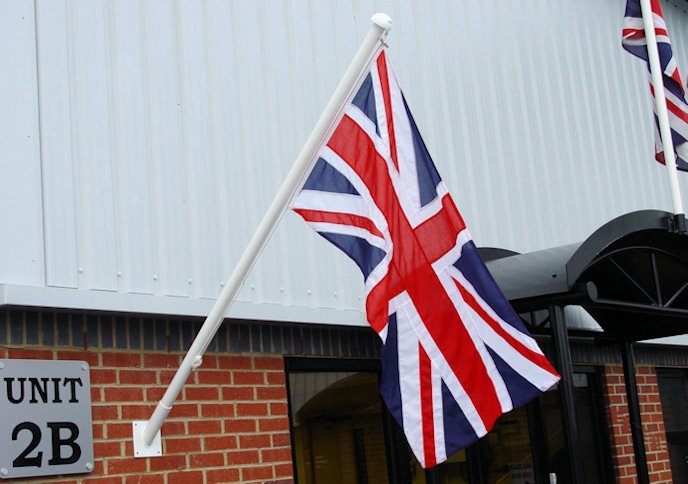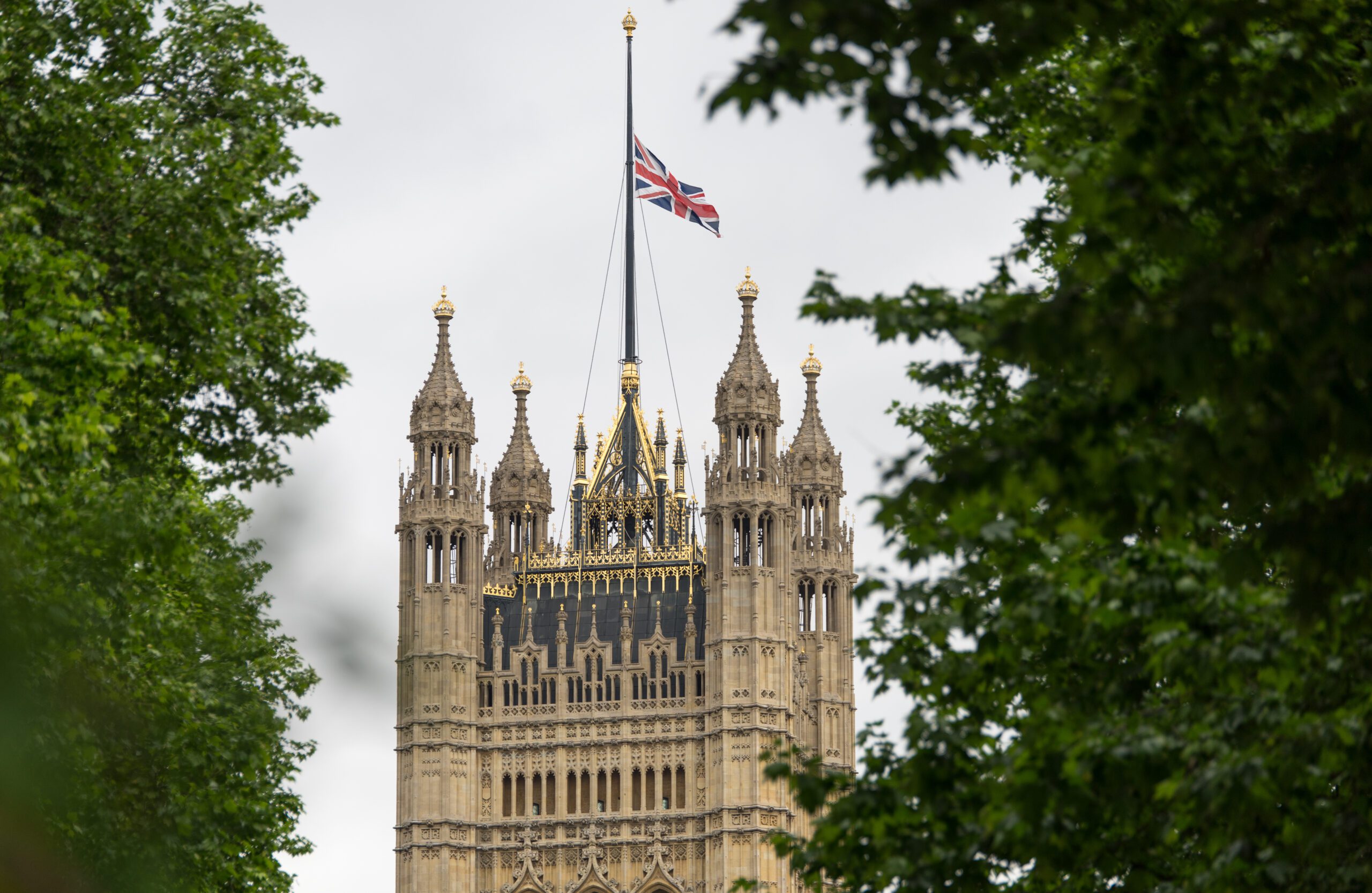

Raising the national flag at half-mast forms one of the universally known traditions to symbolize mourning, respect, and tribute, intrinsically woven with history, traditions, and customs, with established protocols. The practice of lowering the flag at half-mast is believed to have originated in the 17th Century and is closely linked with the notion of grief and distress or a tribute to the passing of an individual. The tradition was that the idea of “leaving room for an invisible flag of death” to fly over the lowered flag, symbolizing the notion of loss as well as respect for the fallen.
The Procedure for Raising and Lowering Flags to Half-Mast
Initial Raising to Full Mast
When a flag is going to be flown at half-mast, it should first be hoisted to the very top of the flagpole. This particular action is not only ceremonial, but also symbolic in nature. It establishes that the flag is being deliberately lowered to half-mast as a sign of respect, as opposed to not being fully raised.
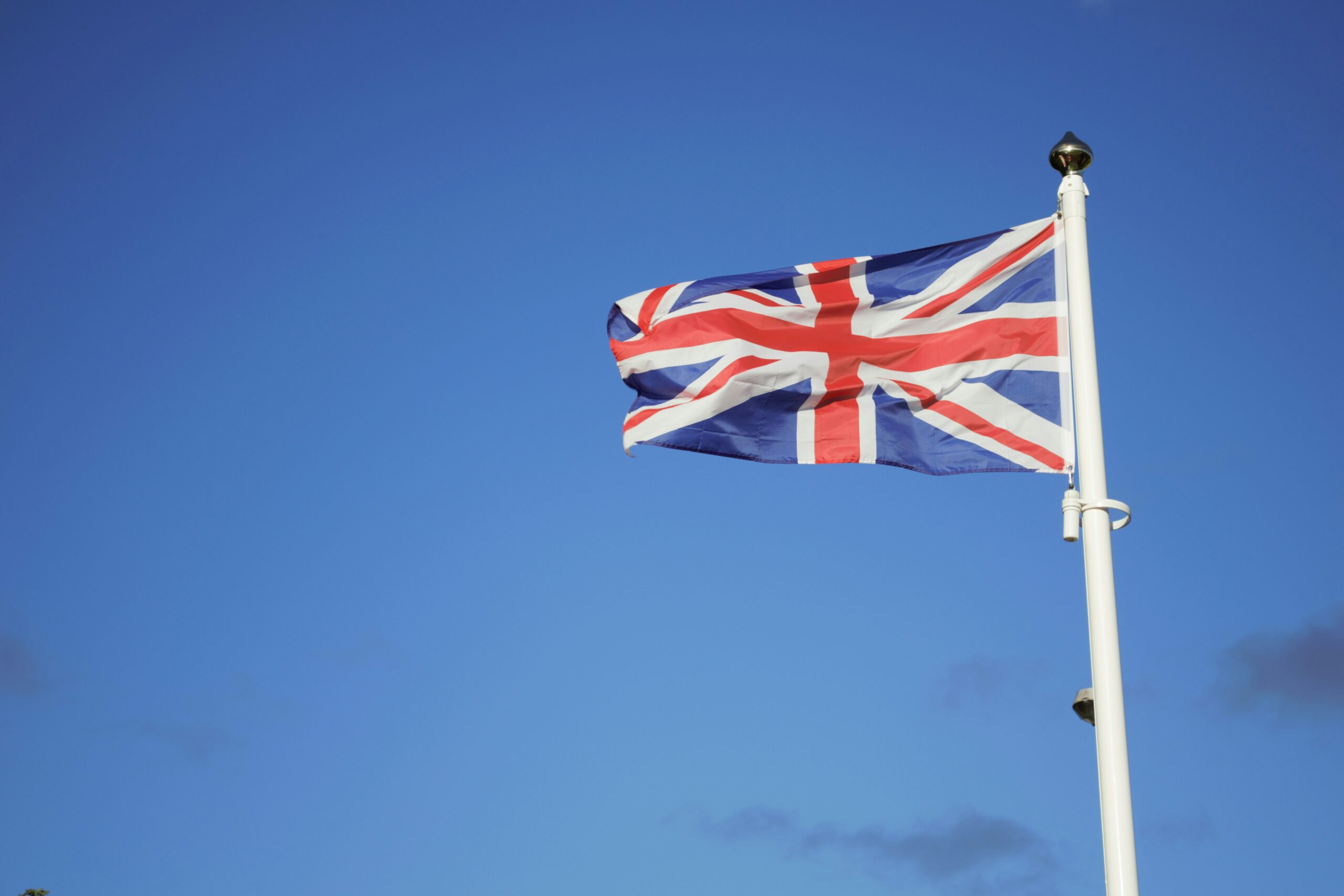

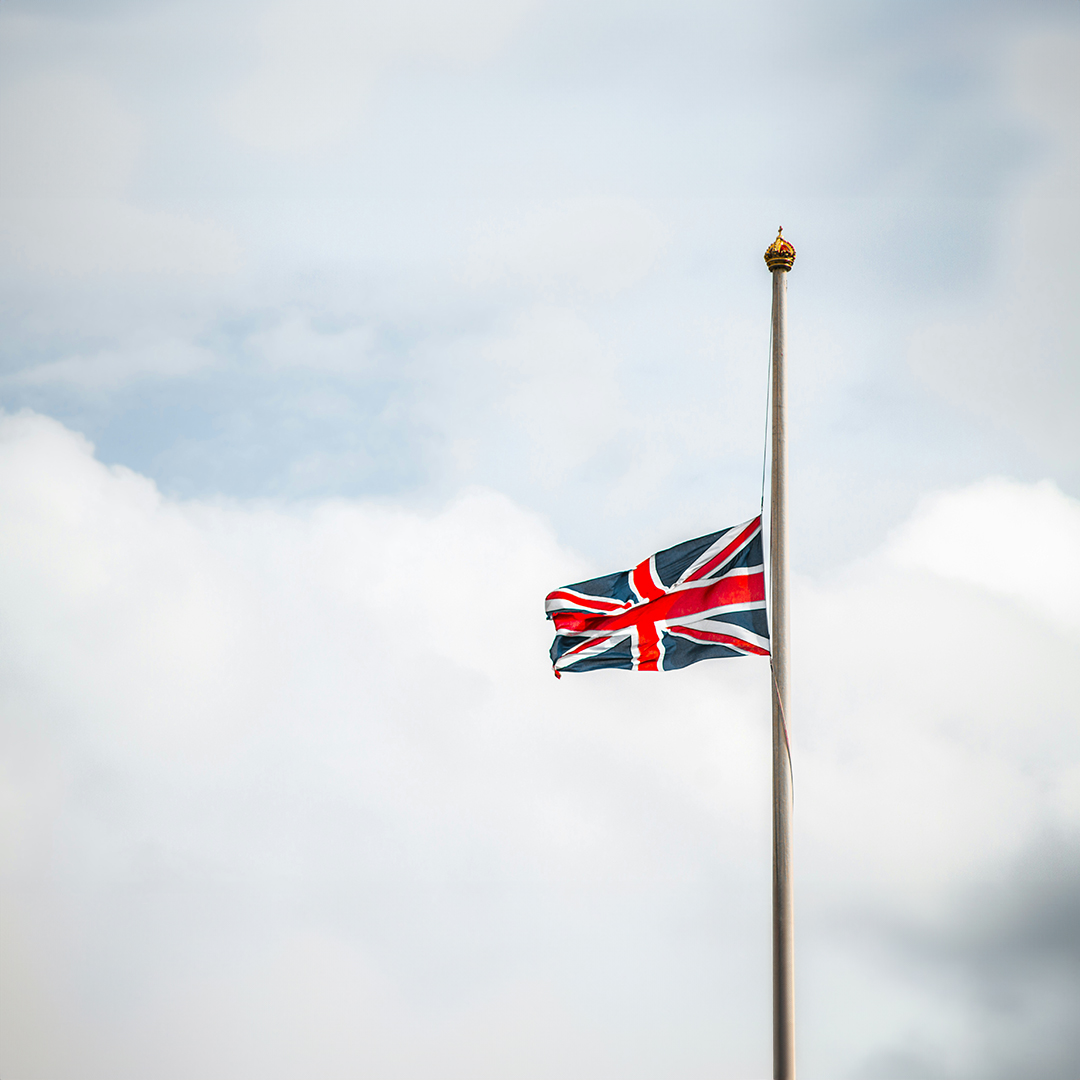

Lowering from Full to Half-Mast
When you’ve gotten your flag to the top, you pause for a second in respect. To put a flag at half-mast, you must first lower it to that point. There are different interpretations of “half-mast,” which leave the flag at exactly half the height of the pole being (arguably) the most accurate; others suggest lowering it by exactly the width of one flag instead or, to a point, a third of the way down from the top.
The Flag Institute and the College of Arms, among others, argue that the last is the best option. This takes all the guessing out and makes it so the flag is not in a position in which it could be interpreted as being displayed improperly but rather definitely as a sign of respect to anyone who might observe it.
Wall Mounted Flags and Mourning Cravats
Traditional half-masting is also not possible for flags on poles attached to walls at more than 45 degrees and also on Ceremonial Flagpoles. Where this is possible, a Mourning Cravat – a black ribbon is tied around the top of the flag – is an alternative symbol of mourning and respect.
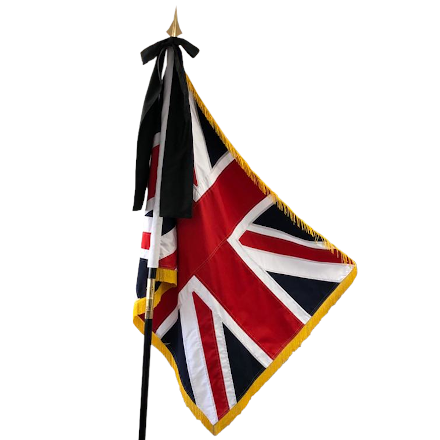

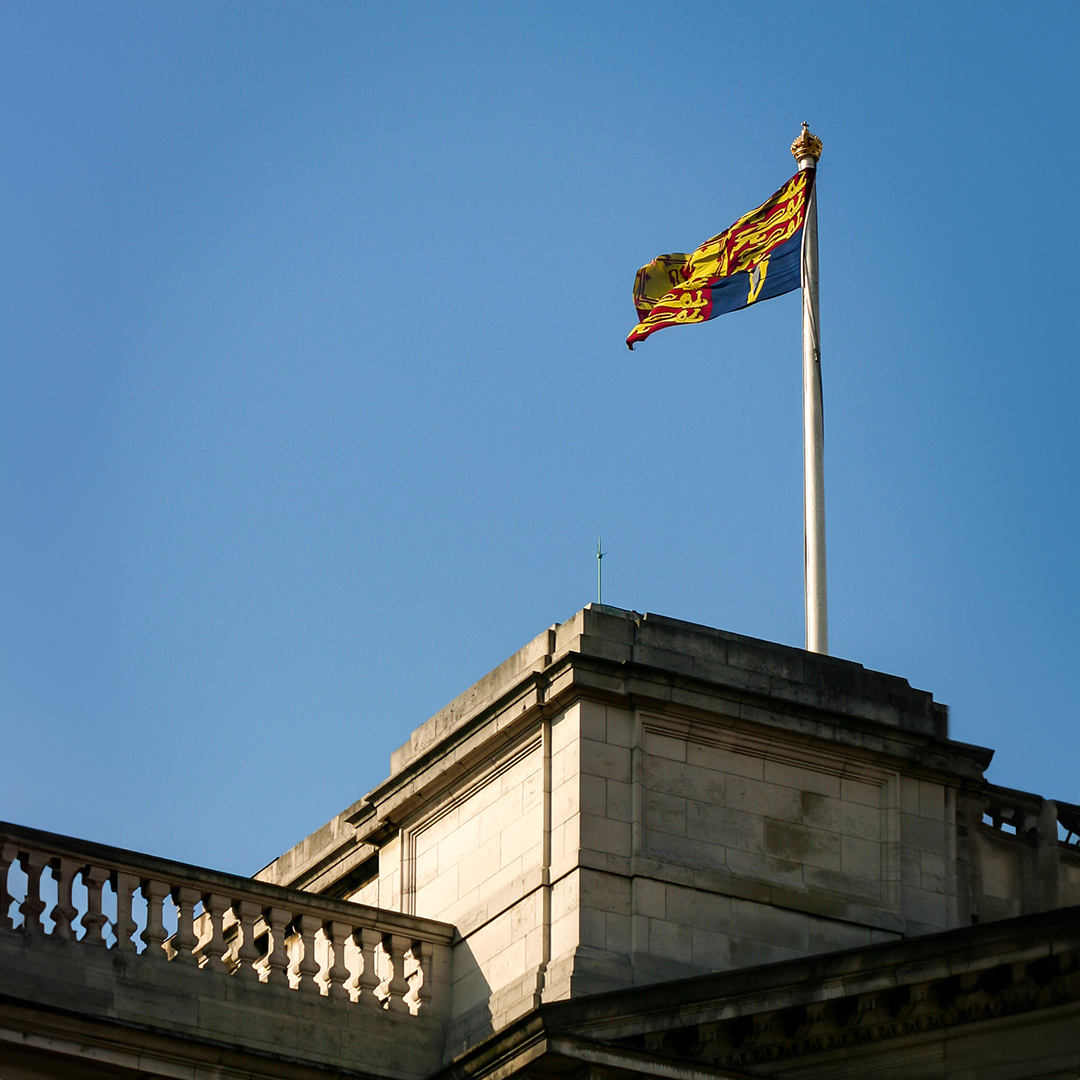

The Royal Standard Exception
An interesting feature of the Royal Standard: This flag represents the monarchy and must never be at half-mast. It is the representation of the monarchy, which is continuous and immediate. This traditional insistence underlines the idea of the monarchy being an unchanging establishment, higher than the mortality of its members.
Sovereign’s Command
It is commanded that the flags of the United Kingdom be lowered only to half-mast in accordance with official instructions of the Sovereign given to mourn a national period of respect.
However, flags at half-mast in regional or personal mourning are not uncommon for local authorities, businesses, and individuals. This is not necessarily by command of the Sovereign but is generally respected and observed by the community.
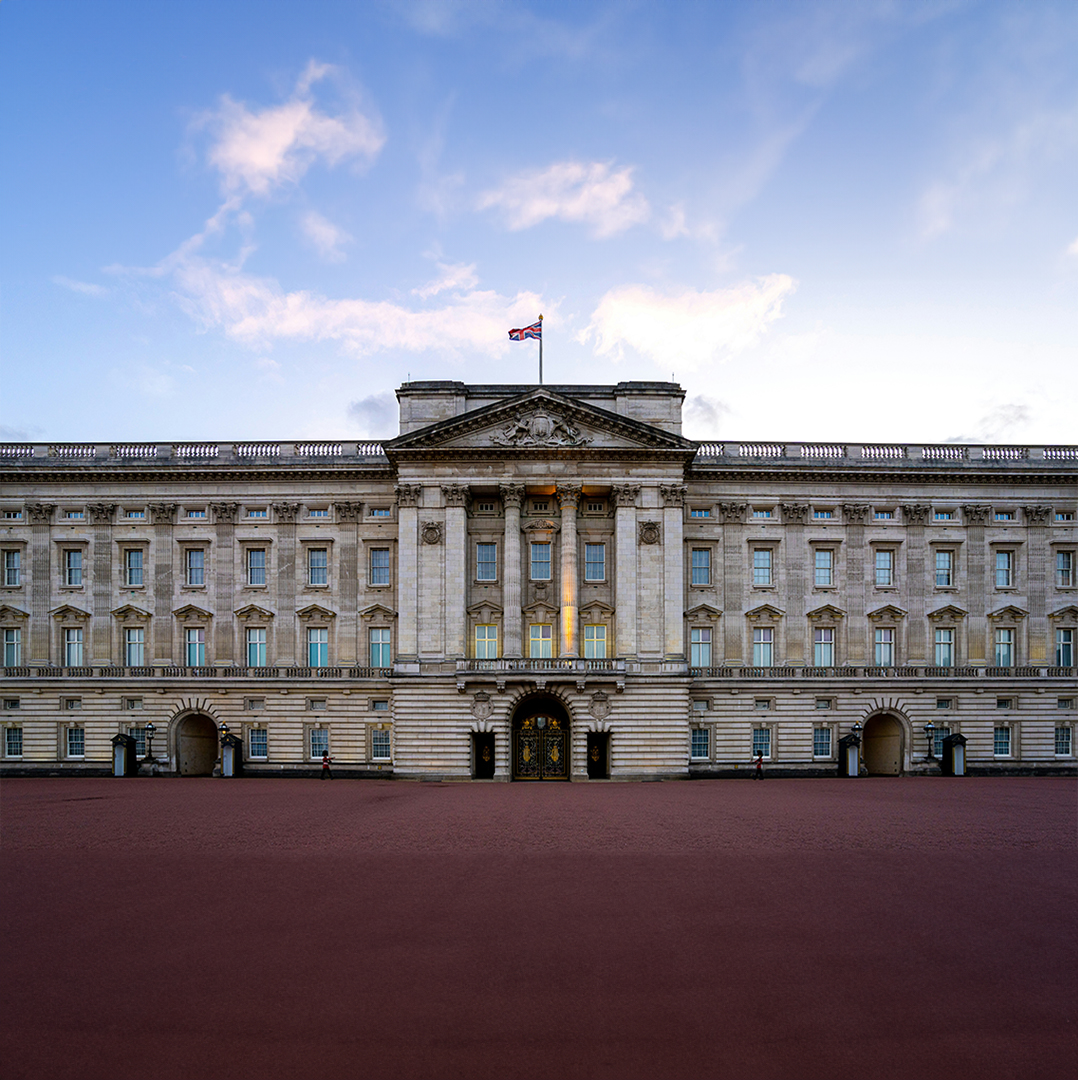

Flying flags at half-mast is a poignant act of collective remembrance and respect that can be seen in all corners of the globe. Forgetting cultural and national barriers, it speaks of deep grief and high tribute and is a dignified way to bring people quietly and meaningfully together in sorrow.








